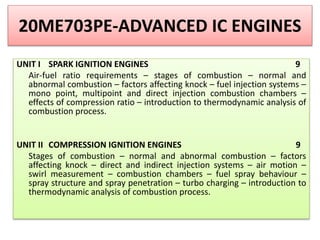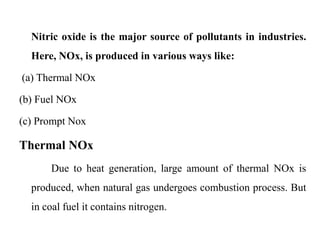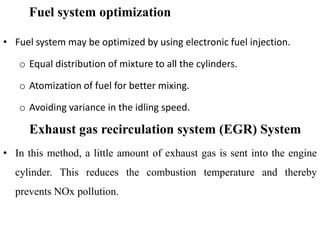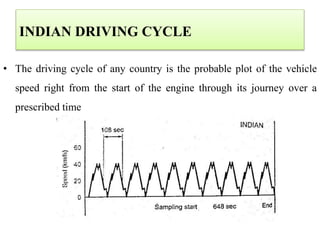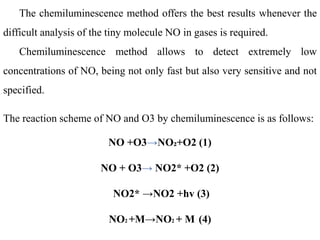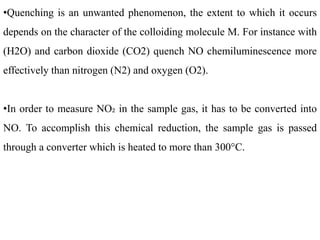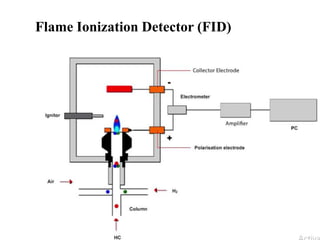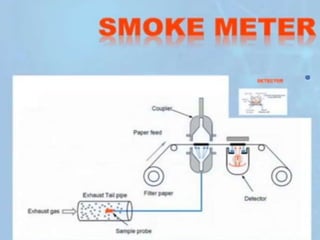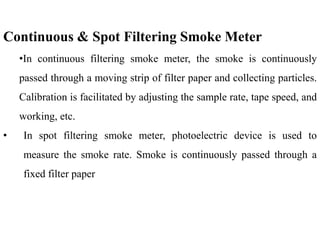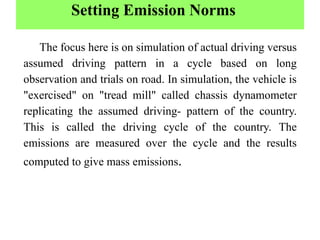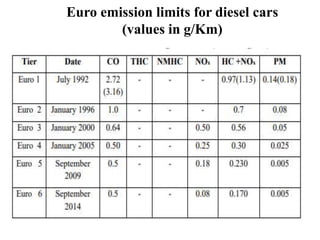The document discusses the curriculum for a course on advanced internal combustion engines. It covers 5 units: spark ignition engines, compression ignition engines, emission formation and control, alternate fuels, and recent trends. Unit 3 specifically focuses on the formation of emissions like NOx, CO, HC and particulate matter from diesel and gasoline engines. It also discusses emission control methods like catalytic converters, particulate traps, and exhaust gas recirculation that are used to reduce these emissions. Emission measurement equipment like non-dispersive infrared analyzers and flame ionization detectors are also introduced.
